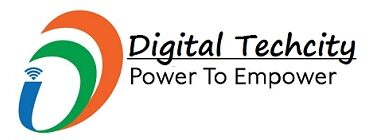When looking for PIM software, you have to consider the requirements of your business organization. Whether it is a small-scale business or a large one, there can be specific criteria that you should be looking for in the PIM software.
The framework within which the Product-information-management application will fit defines its success or failure. The success of your procurement effort depends on how well you can address the needs of your organization.
As seen in numerous cases, organizations cannot utilize PIM applications because they fail to ask fundamental questions about their organizational requirements before any procurement.
The following list is not exhaustive but contains some of the most critical questions that should be asked before deciding which product information management application you will acquire.
1. Business goals of the organization
It is perhaps one of the most important questions to ask yourself since it will determine your future path for product information management. You need to know if you are looking for a PIM that will start with basic modules or an advanced set of features. Sometimes organizations acquire PIMs that do not align with their business goals.
The standard procurement process includes stages like requirement analysis, solution proposal generation, vendor selection, and contract signing. It is followed by implementation & integration, testing the product for performance, training, support, after which the PIM goes live in production. The entire procurement process can take 6 to 9 months.
Conducting a thorough research of available PIM applications is vital for an organization. It is recommended that you first verify if the product will satisfy your needs before investing time and money in procurement.
2. Types of users
The level of user involvement varies depending on the size & type of business & the role they play within the organization. For instance, although all users will use it to some degree, the IT department may use it for managing & maintaining data. In contrast, marketing or sales departments require other features like updating product images or prices.
3. Customer centricity
To create a successful PIM application, you need to make sure that customer needs are understood well and factored into the design of your product information management application.
4. Business data lineage
Finding connections between people, products, and processes is essential for effective decision-making in a business environment. It would help if you had a PIM solution that will track the origin of every piece of information on a real-time basis during procurement & throughout its lifecycle.
From the above information, you can conclude that PIM software is an application that will help you in product information management and supply chain management. It is far better than managing data in spreadsheets or business systems such as CRM’s and ERP.
Final Thoughts
The above discussion gives an idea of how important it is to choose the right product information management software for your business. The most suitable PIM software is the one that can fit into your requirements, aligns with your business goals, and allows you to implement it efficiently.

